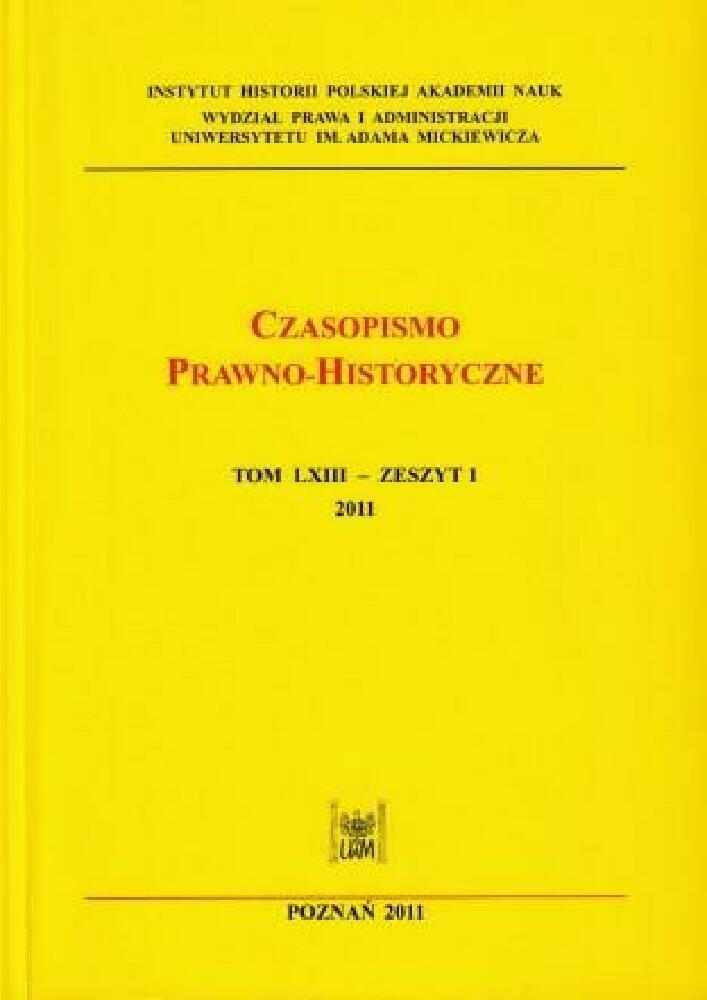Abstrakt
The Communist rule in Poland in the years 1944-1950 was only possible owing to the presence of the Red Army that stationed in the Polish territory at that time. Neither the political programme, nor the vision of the political regime of post-war Poland was ever fully disclosed. Instead, the government camouflaged its activities by revoking the principles of parliamentary democracy provided for in the Constitution of March 1921 and other selected institutions of pre-war Poland. Those ‘borrowed’ solutions, however, were subject to a strict control and carried ‘the old form but a new content’.
Most of the solutions and state institutions of pre-war Poland that were then referred to concerned the areas of administration and local self-government. And so, although the central administration of the People’s Republic was in the hands of the State National Council (a symbol of the Soviet political regime), it functioned alongside the Polish Committee of National Liberation which was a ‘classic’ governmental-executive’ organ, typical of the central government of the 2nd Republic of Poland (1918-1939) based on the Constitution of 1921. The organisation of territorial administration on the other hand, functioned as a three-pillar system, composed of (i) the newly built structures that followed the Soviet example (national councils), (ii) the centralised government administration following the pre-war model with units headed by voivods or starosts, and (iii) local self-governments represented by national councils of all levels (as legislative organs) and respective units of administration headed by voivods, starosts, city mayors, county heads and wójts (executive organs).
Finansowanie
Digitalizacja i Otwarty Dostęp dofinansowane przez Ministra Edukacji i Nauki w ramach umowy nr BIBL/SP/0002/2023/1
Licencja
Copyright© 2011 Wydział Prawa i Administracji UAM w PoznaniuOPEN ACCESS




